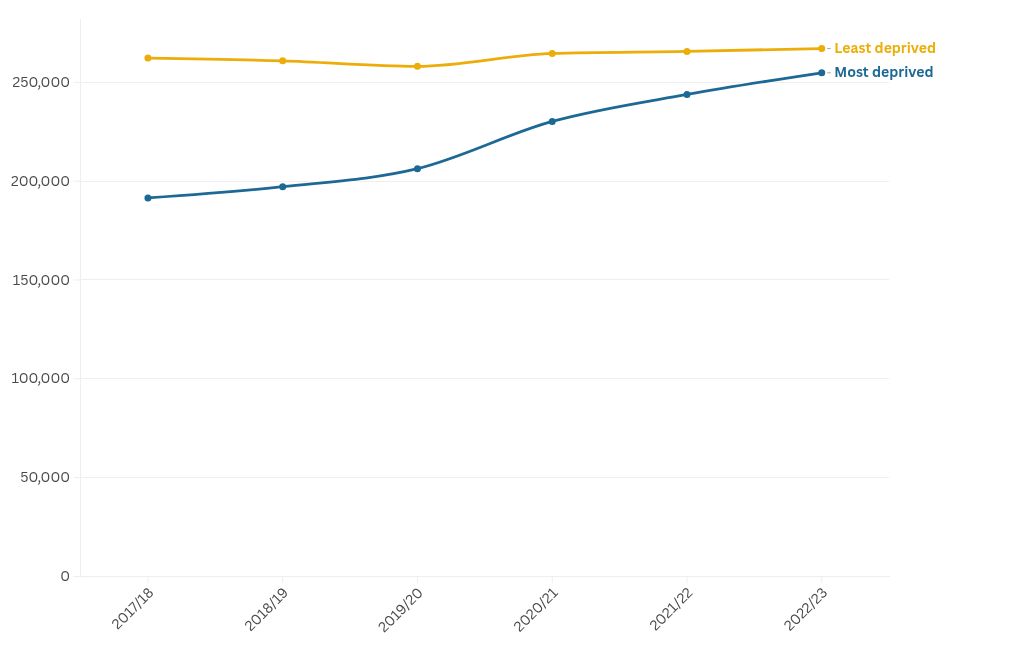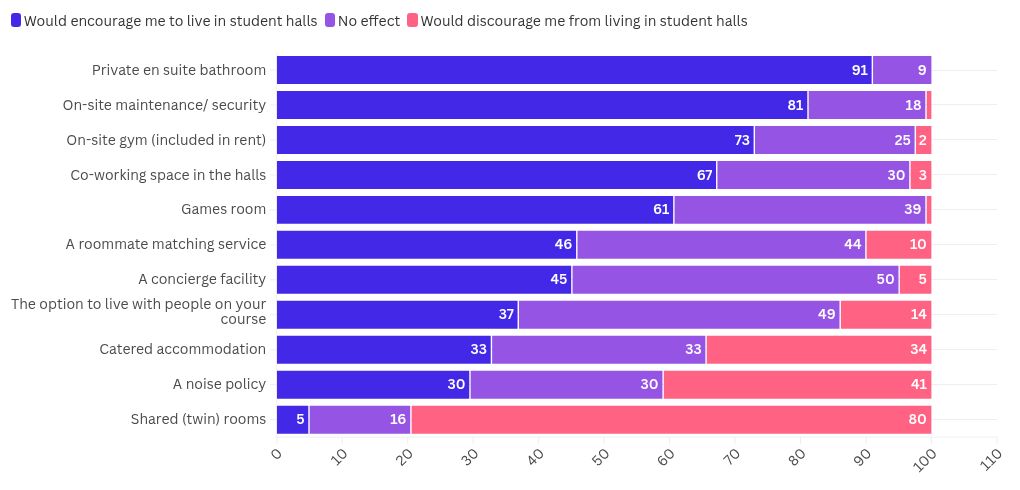This fundamental shift demands a re-evaluation of how we evaluate, measure, and evolve our SEO and website marketing efforts. For higher education institutions, staying ahead of this curve isn’t just about visibility; it’s about connecting with prospective students in new and impactful ways.
The world of Search Engine Optimization (SEO) is in constant flux, and never has this been more evident than in the current era of artificial intelligence. AI-driven search experiences are fundamentally shifting how prospective students search for schools and programs, and what worked yesterday won’t be enough to drive success going forward.
Gone are the days when organic traffic and keyword rankings were the sole arbiters of SEO success. While still important, the reasons for their diminishing effectiveness are becoming increasingly clear:
- Traffic is no longer a perfect proxy for exposure: With the rise of AI-powered search features like Google’s AI Overviews, users are increasingly finding answers directly on the Search Engine Results Page (SERP) without needing to click through to a website. This “zero-click” phenomenon means your content can provide value and influence prospective students even if it doesn’t result in a website visit. A high ranking might lead to less traffic if the answer is provided directly on the SERP, skewing traditional traffic metrics.
- Keyword rankings don’t capture semantic understanding: AI excels at understanding natural language and user intent. While a keyword ranking tells you if you’re visible for a specific phrase, it doesn’t tell you if your content is truly satisfying the underlying need or being recognized as authoritative for a broader topic. Users are asking more complex questions, and AI is providing more nuanced answers, making a simple keyword ranking less indicative of true search performance.
The Rise of AI Overviews and Our “AI Density” KPI Approach
Google’s AI Overviews (formerly Search Generative Experience) are transforming how information is consumed. These AI-generated summaries appear prominently at the top of the SERP, synthesizing information from multiple authoritative sources to provide immediate answers.
Google AI Overview example within a higher education SERP
For higher education marketers, this means that even if a user doesn’t click on your link, your institution’s content can still be featured, influencing their perception of your brand and their enrollment decision-making. With this, it is necessary to expand your measurement framework to encompass new KPIs; one such KPI is AI density.
AI density measures how often your institution’s content is cited or referenced within AI Overviews for relevant queries. This KPI goes beyond clicks, focusing on the ultimate visibility and attribution your brand receives within these AI-powered summaries. A high AI Density signifies that your content is considered a trusted and valuable source by AI models, driving more visibility among high-intent prospective students.
How to Influence Your Website’s AI Density:
- Optimize for authority and trustworthiness: AI models prioritize content from credible and authoritative sources. Focus on building E-E-A-T (Experience, Expertise, Authoritativeness, and Trustworthiness) through high-quality, in-depth content, expert authors, and strong internal and external linking.
- Structure your content for AI readability: Use clear headings, concise answers to common questions, and structured data (schema markup) to help AI models easily understand and extract information from your pages.
- Analyze source citations: Pay attention to which websites Google’s AI Overviews are sourcing their information from. Are you among them?
Beyond the Click: Other Essential Modern SEO KPIs
While AI density is a powerful new addition, a holistic view of your SEO performance in the AI era requires tracking a broader set of KPIs. Here are some that will become increasingly vital:
- Search Share of Voice: This metric moves beyond individual keyword rankings to assess your institution’s overall visibility for a set of relevant topics or queries compared to your competitors. In the modern search landscape, this encompasses your website, your social media presence, your external brand mentions, and more.
- On-Platform Visibility: Students are searching on more platforms than ever before, from social platforms like Reddit, YouTube, and TikTok, to chatbots like ChatGPT, Gemini, and Claude. Your SEO strategy needs to consider visibility on these platforms, and your KPIs should reflect your presence and engagement there.
- Brand Search Volume: As AI provides direct answers, users may be exposed to your brand without visiting your site. Monitor branded search queries in Google Search Console and Google Trends. An increase in branded searches indicates growing brand awareness and recall, even if the initial search didn’t lead to a click.
- Engagement Quality (Beyond Bounce Rate): Instead of solely focusing on bounce rate, delve into metrics that indicate true engagement. Look at “engaged sessions” in GA4, video views, downloads of resources, and repeat visits. These metrics show that your content is truly resonating with users, even if the conversion isn’t immediate.
- Conversion Influence (aka Assisted Conversions): SEO’s role in the user journey is becoming more complex. It might not always be the last click, but it often initiates or assists a conversion. Utilize GA4’s attribution models to understand how organic search influences conversions further down the funnel, even if other channels get the “last click” credit.
Adapting for the Future
The shift in the SEO landscape is not a threat but an opportunity for marketers to become more strategic and meet prospective student needs more effectively. By evolving our KPIs to reflect the realities of AI-powered search, higher education institutions can gain a deeper understanding of their online performance and adapt their strategies to thrive.
EducationDynamics is committed to helping institutions navigate this evolving digital terrain. By focusing on these modern KPIs, you can ensure your SEO efforts are not just about ranking for keywords, but about building genuine visibility, authority, and engagement in an increasingly intelligent search environment. Contact us to learn how we can support your strategy.




